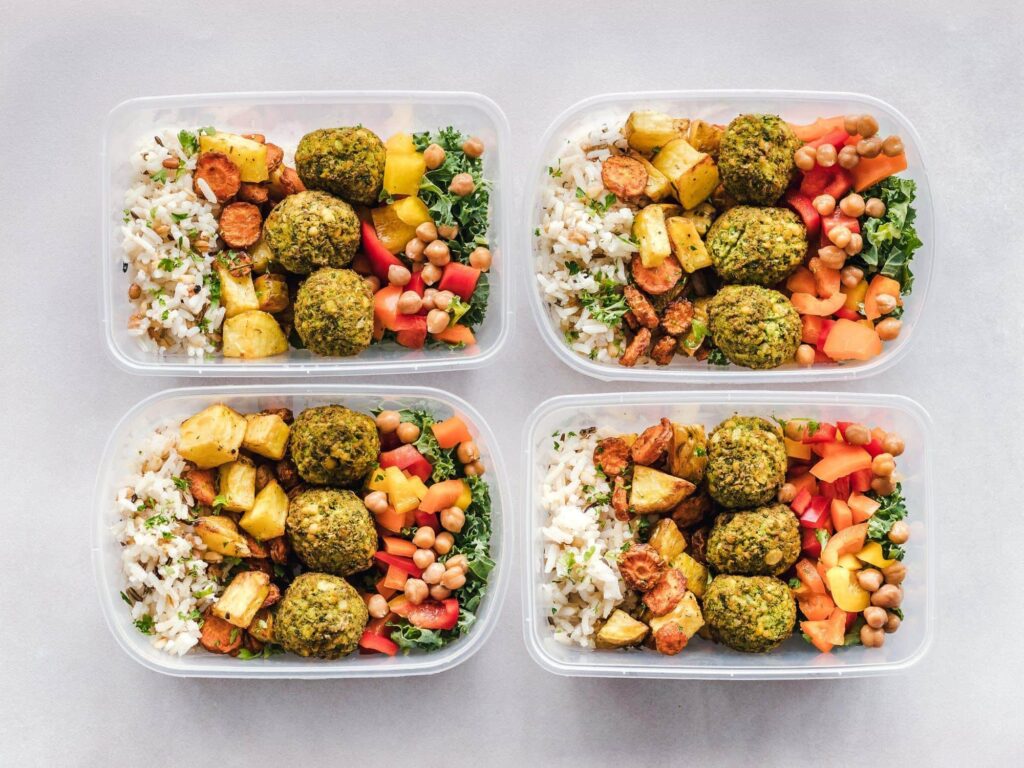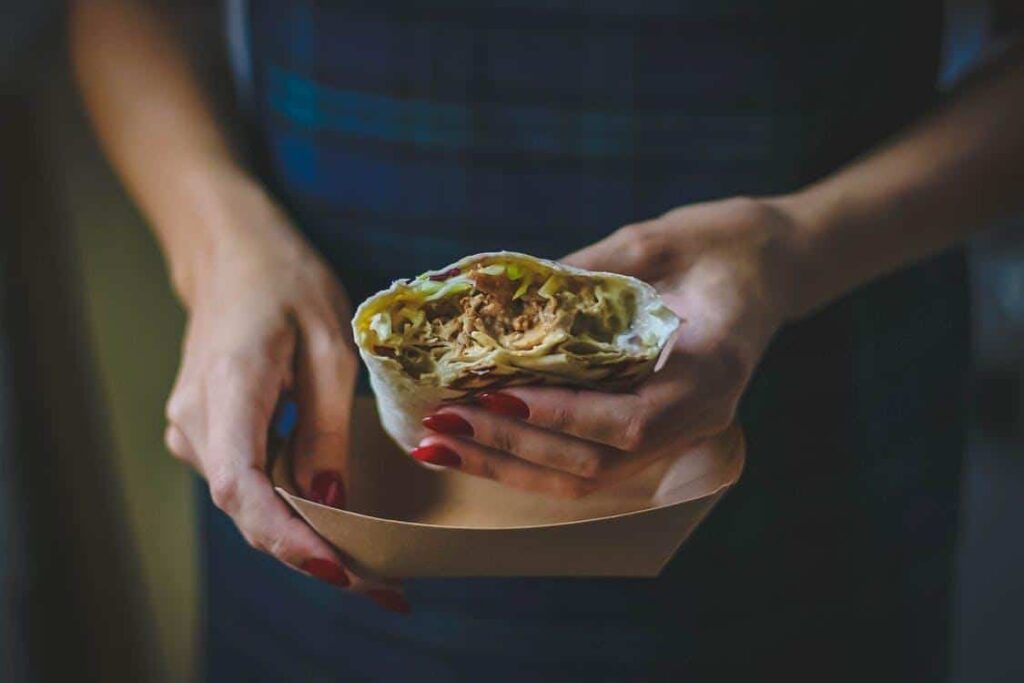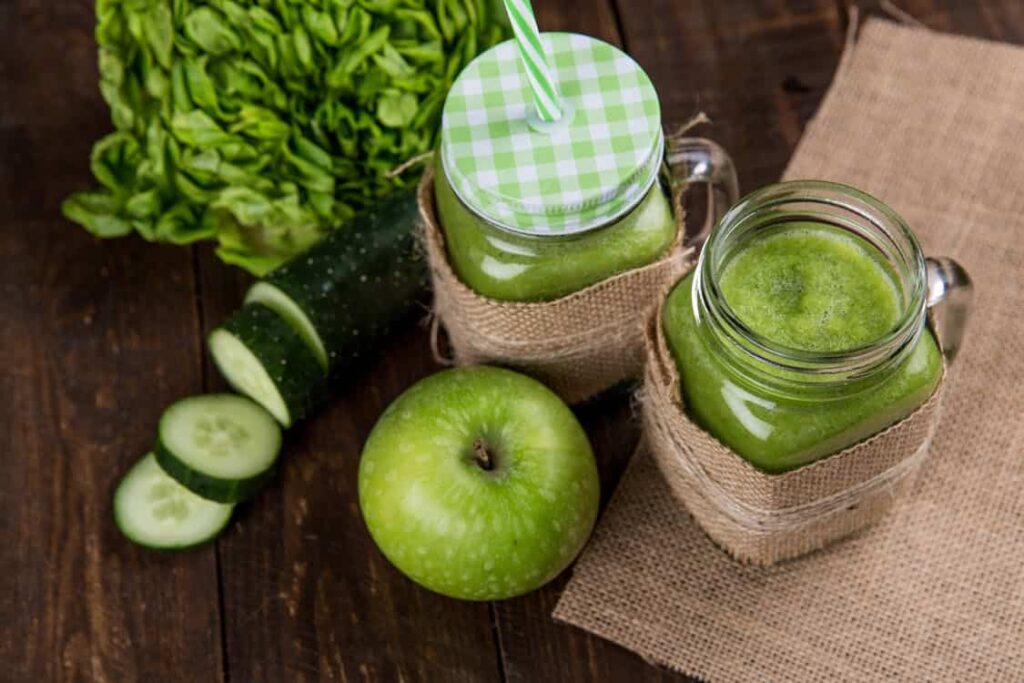
Interested in figuring out your perfect macros, but not sure what that means or where to start?
If you looked at all the food you eat in a day, you’d be left with a ratio of fat, carbs and protein, also known as a macronutrient split, or “macros”.
Finding your ideal macros can be a total gamechanger. They can help you maintain and build muscle, feel satisfied with each meal, and see serious results in the gym.
On the other hand, your macros probably aren’t working for you if you’re constantly hungry, feeling tired at the gym, struggling to finish your meals, or can’t seem to make any progress on your aesthetic goals.
That’s why it’s a great idea to figure out your own ideal macro split— and you can do just that in just three easy steps.
Step 1: Assess Your Goals
Put your information into a TDEE calculator, like this one. This will give you a rough idea of how many calories you should be eating each day to maintain your current weight, regardless of where those calories come from.
To figure out how many calories you should be eating to meet your goals, decide what your goals are:
Lose fat: You’ll need to eat fewer calories than you burn, so subtract 200-500 from that number to put yourself in a sensible and achievable deficit.
Gain weight/build muscle: Add 200-500 calories. This will put you in a calorie surplus, allowing your body to utilise that extra energy to build new muscle.
Maintain weight: Keep those calories where they are (or maybe even add an extra 100-200 calories).

Step 2: Set Your Protein
Eating enough protein is important whether you’re in a calorie deficit or surplus. In a deficit, it helps to prevent muscle loss (you want to lose fat, not just “weight”). In a surplus, it’s what builds muscle.
Research has shown that 1.8-2 grams of protein per kilo of body weight per day is sufficient to prevent muscle loss. While eating more protein than the recommended amount may not help to retain or build muscle, eating more protein can help you to feel satisfied. This is especially useful if you’re cutting calories, or trying to fight those post-dinner sugar cravings.
Step 3: Adjust Fat and Carbs
Think of fat and carbs as a lever. If one goes up, the other has to come down. This means you can eat either an equal amount of fat and carbs, higher fat and lower carb, or higher carb and low fat.
This is the most personal aspect of macros. Not only do different amounts of fat and carbs have varying effects on your body depending on your workouts and lifestyle, but you’ll likely find that your body responds better to a certain ratio.

Despite what you might have heard, you don’t need to fear fat or carbs. Carbs aren’t the devil, and fat won’t make you fat so long as you control for calories.
That said, there are definitely potential pros and cons to different amounts of each:
Carbs
- Lower calorie per gram
- May spike blood sugar, making you feel hungry again soon after eating
- Fast-acting energy for workouts
- Refill glycogen-depleted muscles after a workout
- A great energy source for demanding workouts, such as HIIT or Crossfit
Fat
- Higher calorie per gram
- Essential for women’s hormone health
- May make food hyper-palatable, making it easier to overeat
- More satiating than carbs, helping you to feel full and energised for longer
Still not sure which would work better for you? It can be as simple as deciding what you want to eat more. By choosing macros that allow you to fit in the foods you love, your diet will be far more sustainable and, in turn, increase your chances of success.
Most importantly, don’t forget to experiment with different macros and adjust accordingly. You might just find that you really benefit from shifting your macros during different seasons and training programs.
Want more nutrition tips? Check out our recent blog post on How to Stick to Healthy Eating When Dining Out, and don’t forget to check the blog regularly for more insights on diet, training and more!